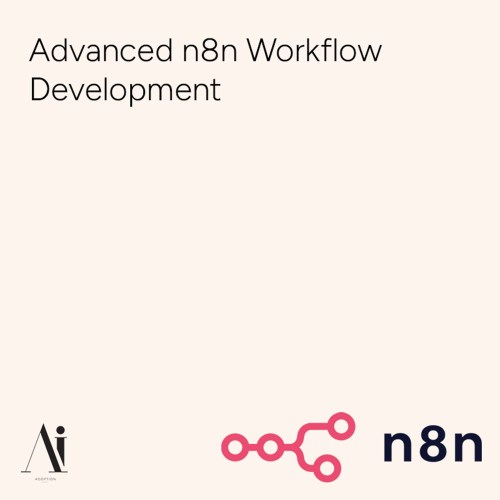
The field of artificial intelligence is rapidly advancing, introducing methodologies that not only improve learning and reasoning but also enhance adaptability and efficiency. In this installment, we explore five concepts that are driving the evolution of AI. From optimizing attention mechanisms to refining world models in real-time, these innovations highlight the growing sophistication of intelligent systems. Let’s delve into how these ideas are shaping the future of AI.
Neural Attention Pruning
ELI5 – Explain Like I'm 5
This AI learns to focus only on important things and forgets the rest, like a student ignoring distractions while studying.
Detailed Explanation
Neural Attention Pruning selectively removes less important attention weights in transformer models, optimizing computation and improving efficiency without sacrificing performance.
Real-World Applications
Used in NLP models, real-time AI assistants, and energy-efficient AI systems.
Contrastive Meta-Learning
ELI5 – Explain Like I'm 5
This AI figures out what makes things different and uses that knowledge to learn faster, like a detective comparing clues.
Detailed Explanation
Contrastive Meta-Learning combines contrastive learning and meta-learning to improve few-shot and zero-shot learning by emphasizing key differences in data representations.
Real-World Applications
Used in personalized AI, adaptive robotics, and anomaly detection.
Probabilistic Graph Reasoning
ELI5 – Explain Like I'm 5
This AI makes smart guesses about how things are connected, like figuring out how friends in a big group know each other.
Detailed Explanation
Probabilistic Graph Reasoning integrates uncertainty-aware probabilistic models with graph-based reasoning to enhance AI's ability to infer relationships in complex data structures.
Real-World Applications
Used in fraud detection, medical diagnosis, and knowledge graphs.
Dynamic Prompt Optimization
ELI5 – Explain Like I'm 5
This AI tweaks how you ask it questions to give the best answers, like a teacher rewording a question to help a student understand.
Detailed Explanation
Dynamic Prompt Optimization adjusts input prompts on the fly to improve the accuracy and relevance of AI-generated responses, enhancing LLM interactions.
Real-World Applications
Used in AI chatbots, creative content generation, and automated customer support.
Self-Refining World Models
ELI5 – Explain Like I'm 5
This AI constantly updates its understanding of the world, like a GPS learning new roads and shortcuts.
Detailed Explanation
Self-Refining World Models iteratively update their internal representations of an environment, allowing for better decision-making in dynamic and uncertain scenarios.
Real-World Applications
Used in autonomous driving, robotics, and game AI.
Conclusion
This section highlights advancements that empower AI systems to become more adaptive, efficient, and context-aware. By pruning unnecessary attention weights, emphasizing key differences through contrastive meta-learning, and incorporating probabilistic reasoning into graph structures, these methods enable AI to handle complexity with greater precision. Additionally, dynamic prompt optimization and self-refining world models ensure that AI can interact seamlessly with users and environments, adapting to new information as it becomes available. Together, these innovations reflect the field's commitment to building smarter, more versatile AI systems capable of addressing real-world challenges across diverse domains.
 USD
USD  Swedish krona (SEK SEK)
Swedish krona (SEK SEK)





















